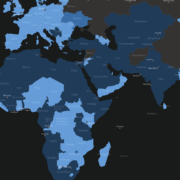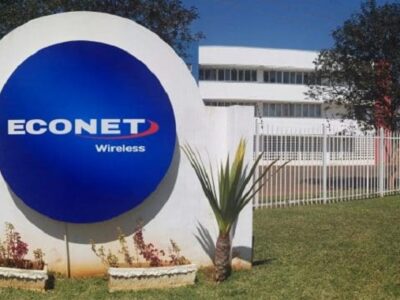A Singapore based company, Veative is in Zimbabwe working with eLearning Solutions in a bid to introduce Virtual Reality (VR), 3D, Augmented Reality (AR) and Mixed Reality (MR) into the classroom to aid in teaching and bring life into education.
While primarily computers have been used in schools, advancing the use of technology in the education process, more robust technologies are being introduced to give an even bigger educational experience like the VR devices created by Veative. Veative CEO Ankur Aggarwal spoke about Veative and what they are planning to do.
“We are trying to create technology that can really impact people’s lives. The Veative VR Learn is the convergence of technology with education, making the learning process feel more alive.” said Mr Aggarwal
Virtual Reality is the term used to refer to all immersive experiences whether created out of real world situations, or from synthetic (not natural) processes or a combination of both allowing people to interact with that world.
Technology has been impacting our lives since the first time man discovered fire, and the education sector is no exception having benefited from technological devices like computers, printers and projectors.
A couple of weeks ago we wrote about Itai Ndoro, A US based Zimbabwean software developer in VR and AR, and when I spoke to him, I was a little bit sceptical about the practicality of introducing VR and AR in Zimbabwe, but after attending the eLearning workshop at Elearning Solutions offices in Harare and seeing it being used in a more practical way than just a theoretical concept changed my mind.
“We want this to go for around $200, which is less than the amount you can spend on a computer or a tablet here in Zimbabwe. We are aware of the foreign currency shortages and the many challenges that people are facing hence the need to make this device as affordable as possible.” said Mr Masimirembwa.
The device has a lot of functionality and Veative Director of Products Aditya Hansen has been in Zimbabwe for a while working with eLearning Solutions in this regard and had a lot to say about the practical aspects of the Veative VR Learn device.
“The teacher can control what the students get to see and he or she will be able to monitor how long the students are spending on a particular task and those analytics can help a teacher in making student assessments.”
The Veative VR Learn has a lot of potential to impact education in Zimbabwe once fully adopted. But there are some considerations to be made like that of content before the devices can be rolled out into the market and be used as a standard in education.












Comments